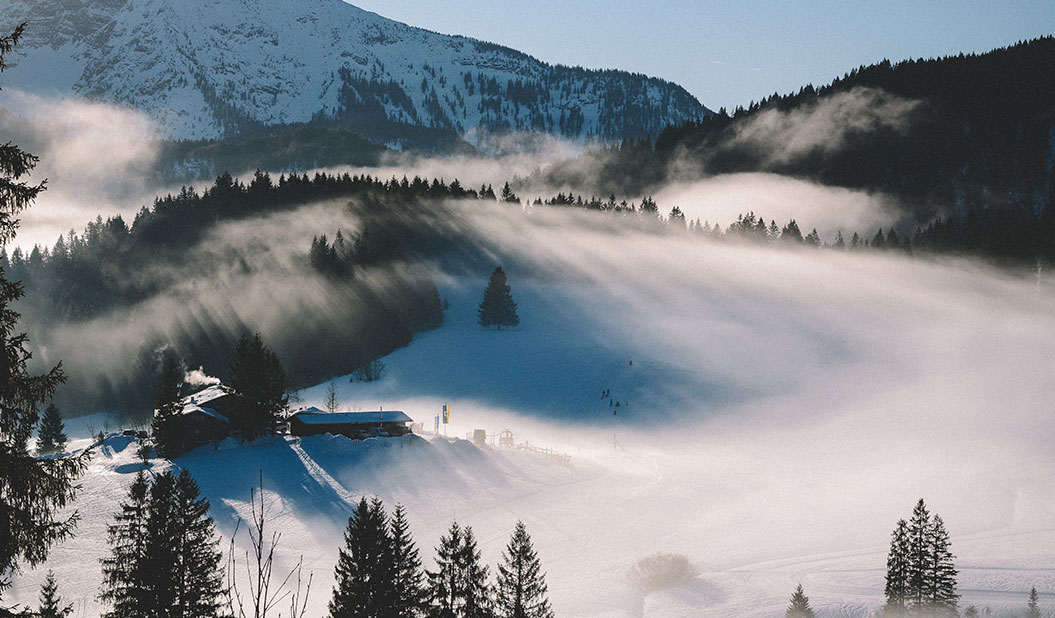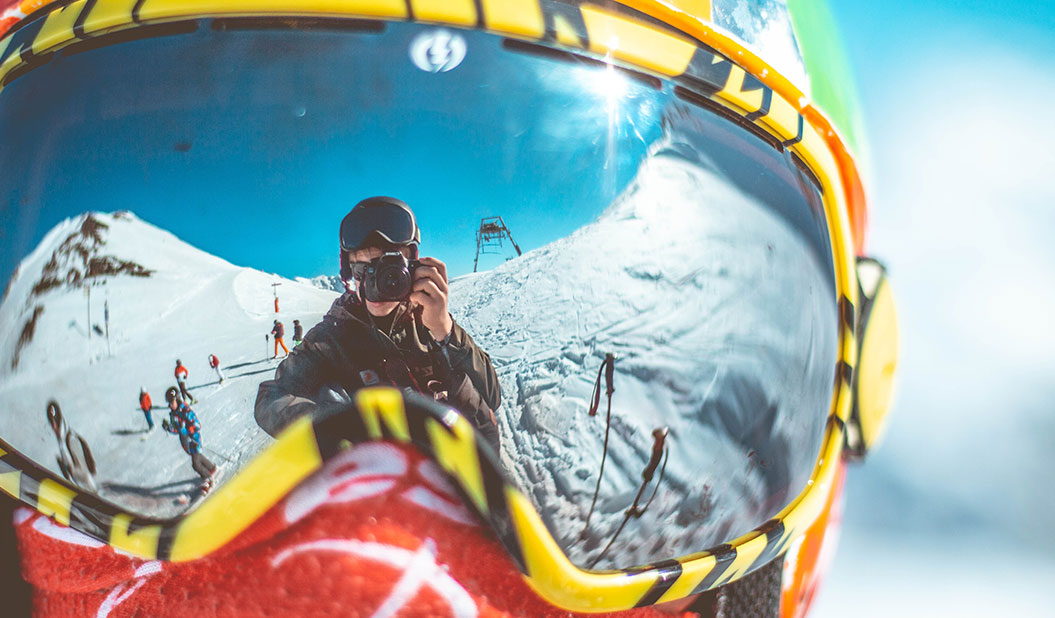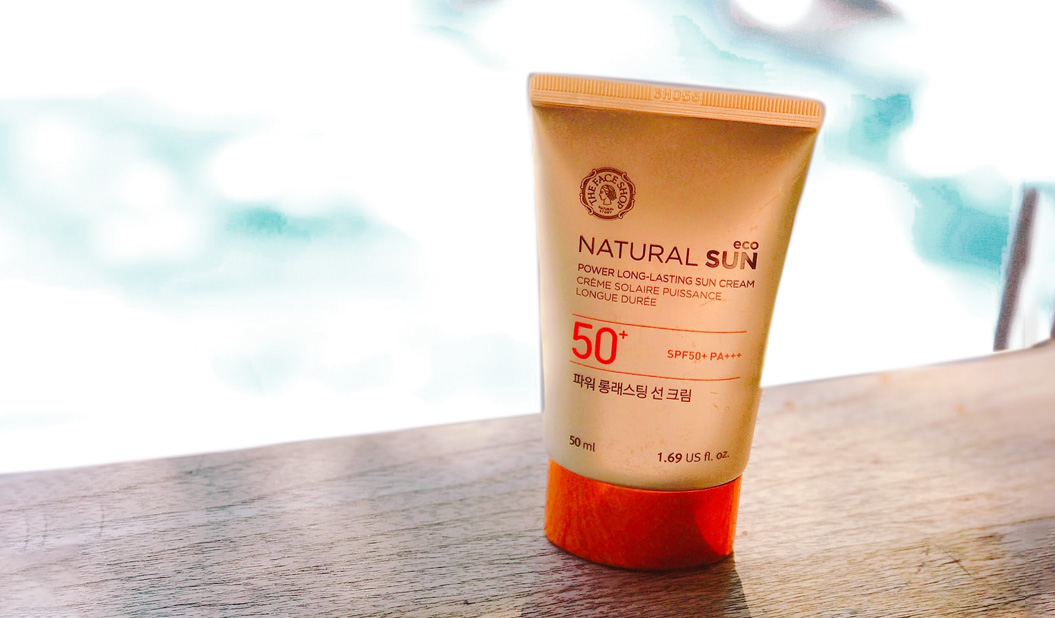Spring skiing means longer days, warmer weather and longer après-skis. Get the most out of your spring ski trip with these insider tips from Rory at Camel Snow.
-
Ski the east-facing slopes first
Sample the good snow before it melts

The higher spring temperatures mean that snow melts earlier in the afternoons. While this snow normally refreezes overnight, it’s best to make the most of the good stuff early on in the day.
Make sure you start the day skiing the slopes on the east, exposed to the sun. These will be the first to warm up and melt.
-
Bring your sunglasses or goggles
Your eyes will thank you later

An experienced skier never leaves their hotel room without eye protection. Not only because the glare makes it harder to see (and ski) but because the bright white reflection off the snow can cause UV damage to the eyes.
Did you know? The higher up the mountain you go, the less dense the atmosphere and the more harmful the ultraviolet rays are.
As you increase your altitude, the amount of harmful UV radiation increases by 10-12% with every kilometre of vertical ascent.
-
Start the day later
Wait to ski until mid-morning
Above: Bedroom scene in Chalet Grande Corniche, luxury chalet in Les Gets.
To serious skiers this may seem counterintuitive. But, trust us on this one.
As mountain temperatures warm up the snow during the day, it promptly refreezes as the sun goes down.
This melt-freeze cycle means skiing in the morning often involves crunchy, hard snow that softens up mid-morning.
So, have a lie-in or an extra-long breakfast and hit the slopes for 10:00, rather than 7:30.
-
Watch out for the rocks
Exposed terrain is inevitable late in the ski season
As the mountain snow slowly thaws, the mountain becomes greener and rockier. Rapidly-melting snow exposes bare, rocky terrain which can increase the likelihood of injury. Pay attention to aspect, snow consistency and quality as you head off-piste.
Another reason to avoid the rocks is that they can also cause scratches and more serious damage to your skis.
(So, if you’ve just bought a pair of box-fresh skis, late April is probably not the best time to take them for a test run.)
-
Get some warm-temperature wax
Stop the slush slowing you down

Wet and slushy snow is more common in spring, which you may find sticks to your skis, slowing you down. This will be particularly noticeable if you’re skiing down a slope with patches of shade and sun. You can feel the slushy snow ‘grip’ to your skis and cause you to slow down.
We recommend you use a spring ski wax, which is softer and engineered specifically for warmer weather. It reduces friction and allows your skis to slide faster and more smoothly across the snow, without sticking.
-
Bring your own drinks
(Longer days mean longer après-skis)

Longer, sunnier days mean it’s not only the skiing that goes on for much longer, it’s the après-ski too. And a whole afternoon and evening of snow bars, DJ sets and piste parties can rather eat into the wallet.
Find a spot on the edge of the piste to soak up the sun, people watch and share a glühwein from a hot flask if you’re looking for an affordable alternative for a few days.
-
Don't forget the sun cream
(No really, please don't)

Sun cream is an absolute essential for late-season, high-altitude skiing. Especially as the layers start to come off and more skin is generally exposed to the sun.
Make sure you pack a high SPF to help block harmful UV rays. If it’s a hot, bluebird ski day, don’t forget to reapply at lunchtime and in the afternoon.
If you would like personalised recommendations on where to go for your next spring ski trip, please feel free to get in touch.


